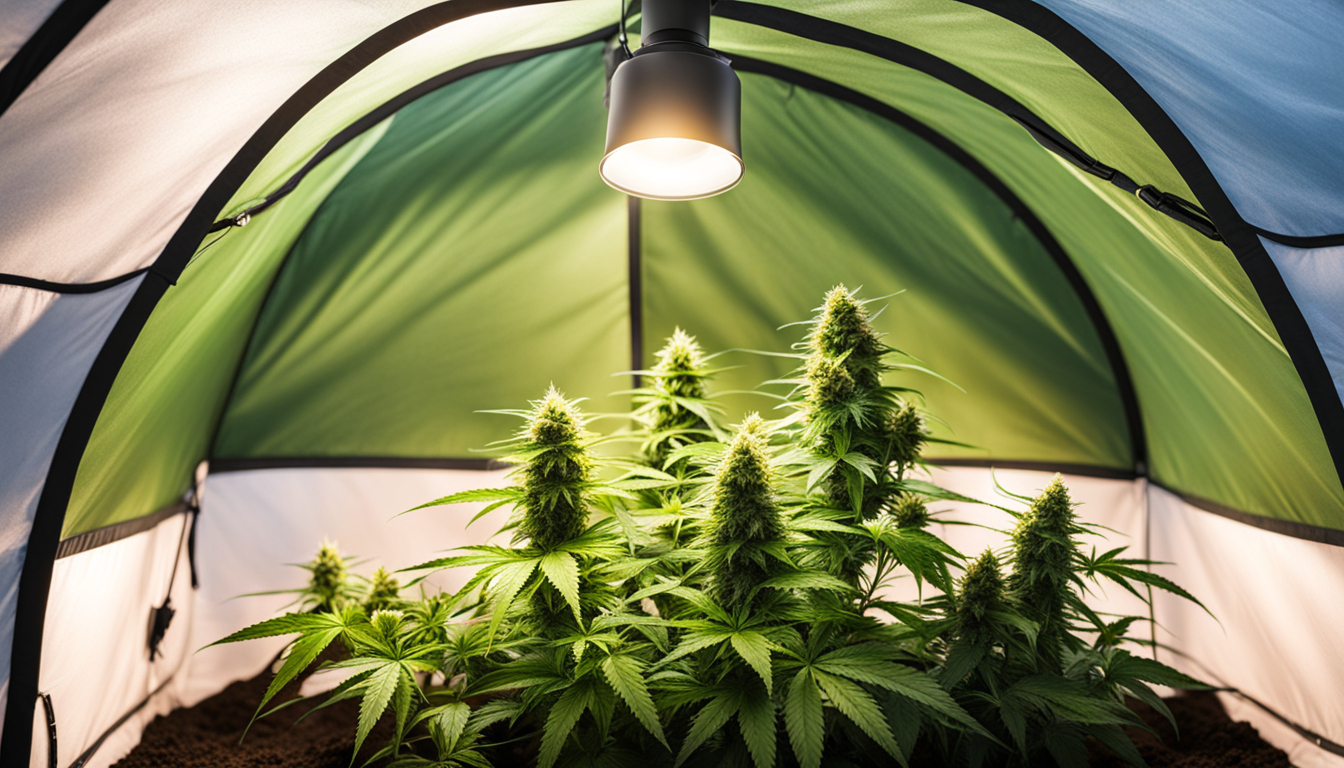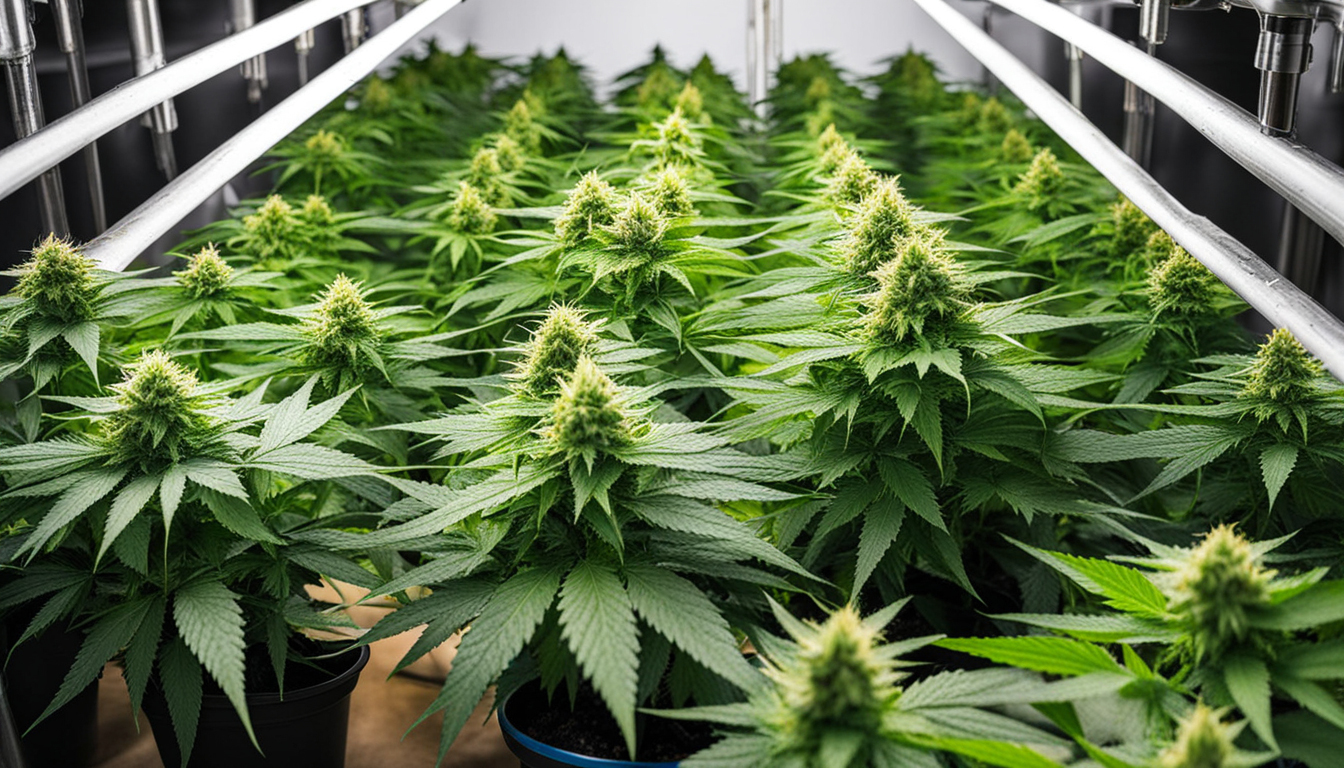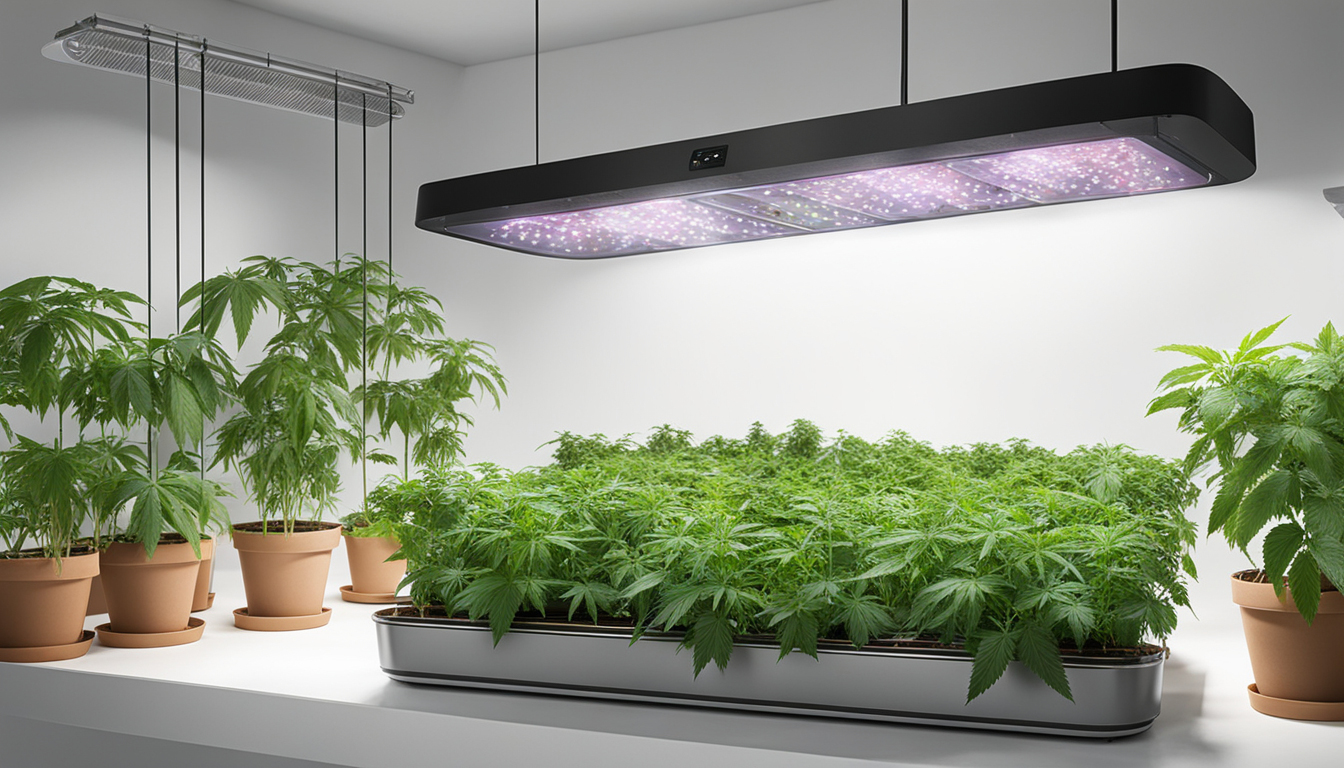
Whether you're just starting out with cannabis cultivation or looking to improve your existing crop, following this complete guide will help you produce bountiful, high-quality yields right at home. With the right equipment, techniques, and attention, cultivating cannabis indoors can be an extremely rewarding and cost-effective endeavor.
Choosing Marijuana Varieties
The first step in planning your indoor harvest is picking the right cannabis varieties to grow. The three main types of marijuana plants each have their own qualities.
Sativas
Known for their energizing cerebral effects, sativas grow tall and slender with narrow leaves. They flourish in tropical tropical climates and have a longer flowering time between 10-12 weeks indoors. Top energizing varieties include Jack Herer, Durban Poison, Super Lemon Haze, and Jack Herer.
Indicas
Indicas provide relaxing full-body effects and grow short and bushy with wide leaves. Accustomed to colder mountain climates, they bloom faster within 8-9 weeks. Popular indica strains include Granddaddy Purple, Northern Lights, and Bubba Kush.
Hybrids
Hybrid strains blend traits from both sativas and indicas. They offer combined effects and have moderate flowering periods around 9-10 weeks. Well-known hybrids are OG Kush, Girl Scout Cookies, and Blue Dream.

Setting Up Your Grow Space
Cannabis plants need the right controlled environment to flourish. Key factors for indoor cultivations are lights, ventilation, layout, and finding the ideal discreet location.
Location
Choose an unused space with direct access to irrigation and power outlets. An empty spare room, large closet, basement corner, or cultivation tent securely placed in a garage all make great hidden grow room spots.
Lighting
Pot requires strong light for all growth stages. LED grow lights are efficient and come in full spectrum options mimicking real outdoor light. Cover 15-25 watts per sq. ft for the vegetative stage and 20-40 watts per sq. ft. for bloom.
Ventilation
Proper ventilation and exhaust systems keep ideal temperature, moisture, and pure CO2 levels. Install low-noise 10-15 cm fans or scrubbers to refresh stale air and reduce odors.
Layout
Maximize your space by positioning plants carefully under the lights and leaving room to reach and work around them. Set up separate zones for vegetation, bloom, drying, and cloning.

Growing Substrates
Weed can be cultivated in different substrates, each with pros and cons. Pick a proper option for your particular setup and growing style.
Soil
The traditional medium, soil is cheap and easy for beginners. It provides great taste but needs more watering and nutrients to nourish plants. Amend soil with vermiculite or coco to enhance aeration.
Coco Coir
Made from coir, reusable coco coir holds water but still allows air to the roots. It's more sterile and more consistent than soil. Use coco-specific fertilizers to avoid calcium buildup.
Water systems
In hydro systems, plant roots grow right in nutrient water solution. This enables rapid growth but needs careful monitoring of water properties. Deep water culture and drip systems are popular methods.
Germinating Seeds
Sprouting prepares your cannabis seeds to start growing taproots. This prepares them for transplanting into their cultivation medium.
Paper Towel Method
Place seeds between wet paper towels and keep them damp. Inspect after 2-7 days for emerging radicles showing germination is complete.
Direct Planting
Insert seeds right into pre-moistened cultivation medium 6mm deep. Gently water and wait 1-2 weeks until sprouts break through the top.
Cubic rockwool
Presoak rockwool cubes in pH-adjusted water. Place seeds 1⁄4 inch deep into the cubes. Keep cubes moist until sprouts appear within a week to 2 weeks.
Transplanting Seedlings
Once germinated, pot seedlings need to be transplanted to avoid crowding. Move them into proper sized pots.
Preparing Containers
Fill final containers with cultivation medium enriched with slow-release nutrients. Allow pots to soak up water for 8-12 hours before transplanting.
Carefully Transplanting
Gently separate young roots from sprouting medium using a spade. Place into prepared container at same depth as before and lightly water in.
Growth Stage
The growth stage encourages foliage and plant structure through 18-24 hours of daily light exposure. This stage usually lasts 1-2 months.
Using 3/4 to full day of Lighting
Use lamps on a 24 daily schedule or natural sunlight to trigger constant photosynthesis. Light intensity influences size and node distance.
Nutrients
Use grow stage fertilizers richer in N. Make sure pH remains around 5.8-6.3 for full fertilizer uptake. Fertilize 1⁄4 to 1⁄2 strength after 2 weeks and increase gradually.
Training Techniques
Topping, low stress training, and scrogging manipulate growth patterns for even canopies. This increases yields.

Flowering Stage
The flowering stage develops buds as plants reveal their sex under a 12 hour light schedule. It lasts 8-12 weeks based on variety.
Switching to 12/12
Switch grow lights to 12/12 or place outside for natural 12/12 timing. This triggers plants to begin flowering.
Stop Fertilizing
Flushing flushes out fertilizer residuals to improve taste. Feed lightly the first weeks then just use plain water the last 2 weeks.
Flushing
Maintain 12/12 light timing but flush using neutral pH water only. Return to plain watering if buds aren't ripe after two weeks.
Reaping
Knowing when cannabis is completely mature delivers maximum cannabinoid content and aroma. Cut down plants at peak maturity.
Signs of readiness
Check swollen calyxes, faded pistils, and 10-15% cloudy Find Out More trichs. Check buds across the plant as they won't all ripen evenly.
Cutting Plants
Use sterilized, razor-sharp trimming scissors to carefully slice each plant at the base. Keep several inches of stalk attached.
Drying
Hang intact plants or branches upside down in a lightless room with average temp and RH around 50-60% for 1-2 weeks.
Curing
Curing keeps drying while improving the buds like aged spirits. This process mellows harshness and further develops terpene and terpene profiles.
Curing containers
Manicure dried buds from branches and place into sealed Watch Now containers, filling about 3⁄4 full. Use a sensor to measure container humidity.
Opening jars daily
Unseal jars for a short time daily to gradually lower moisture. Rehydrate buds if humidity goes under 55%.
Final Cure
After 14-21 days when moisture stabilizes around 55-60%, perform a last trim and keep long-term in airtight jars.
Common Problems and Solutions
Even seasoned growers run into different weed plant problems. Detect issues soon and address them correctly to maintain a vibrant garden.
Nutrient Deficiencies
Chlorosis often indicate inadequate nitrogen. Purpling stems and leaves signal phosphorus deficiency. Test pH and increase fertilizers gradually.
Bugs
Spider mites, fungus gnats, mites, and root aphids are frequent cannabis pests. Use organic sprays, ladybugs, and sticky traps for organic control.
Mold
Excessive humidity promotes powdery mildew and bud rot. Increase airflow and venting while lowering humidity under 50% during flowering.

Conclusion
With this complete indoor weed growing guide, you now have the info Find Out More to grow plentiful potent buds for private grows. Follow these steps and techniques during the germination, vegetative, and flowering stages. Spend in good gear and carefully monitor your plants. In time, you'll be compensated with sticky fragrant buds you grew yourself under the loving care of your green thumbs. Good luck cultivating!